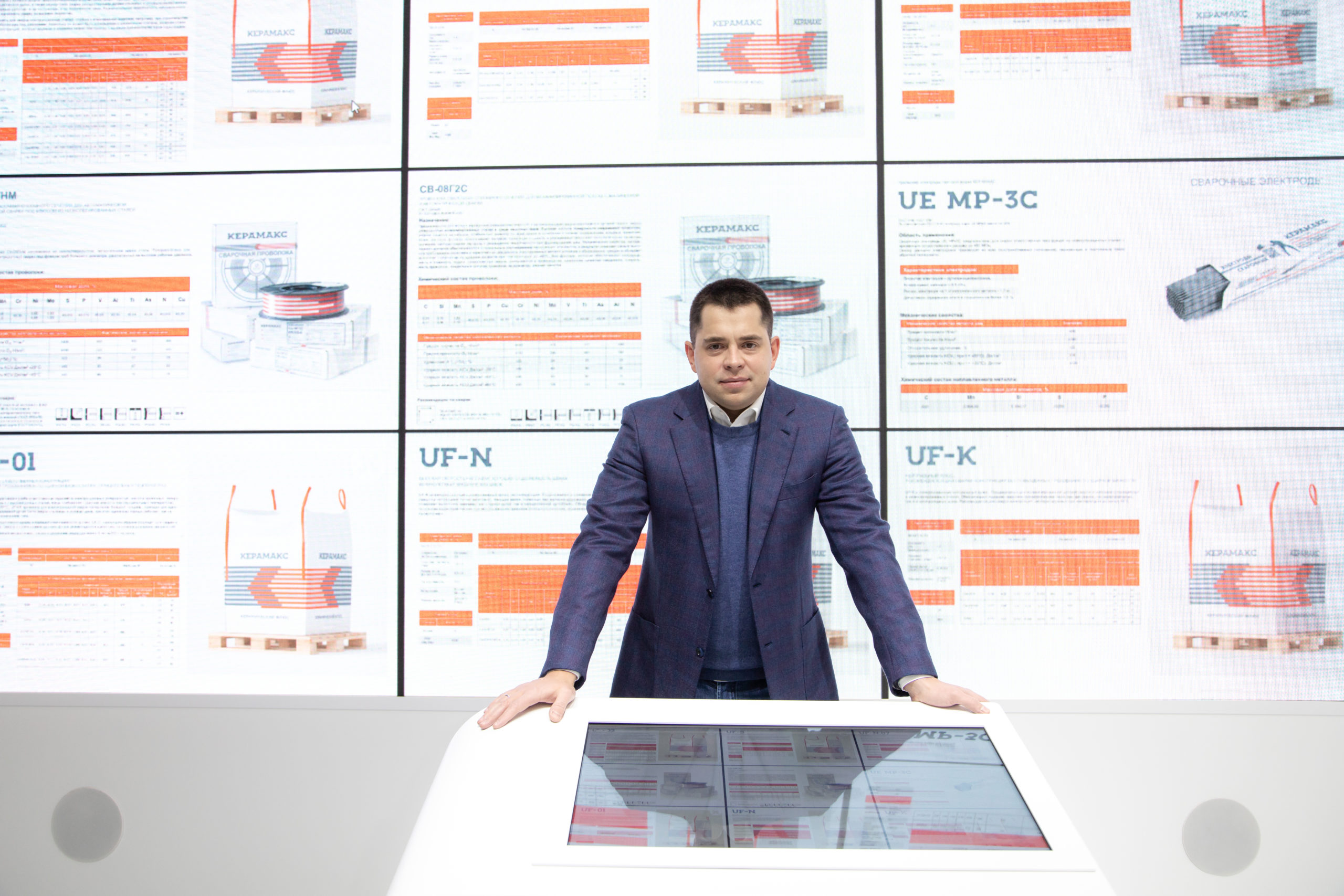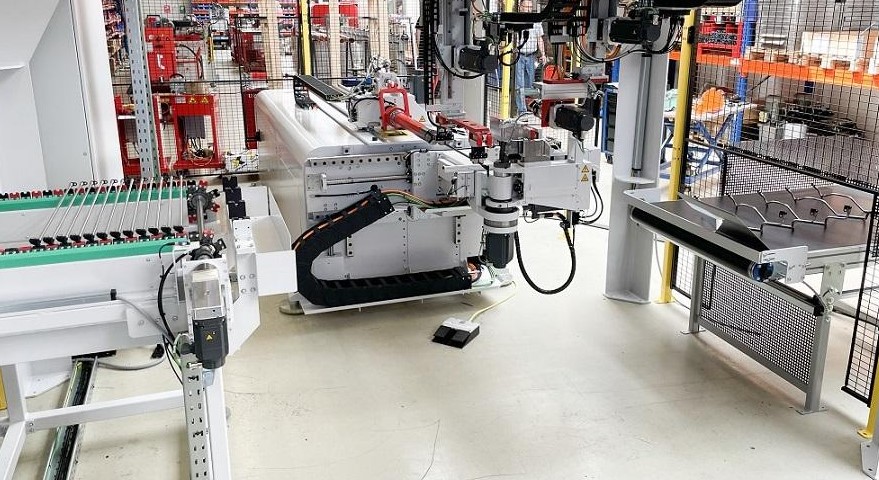Komarov Artem explained what automatic material loading options are best for a tube bending operation depends on the nature of a metal fabrication shop and customers’ needs. Large production lines or cells are far from the only operations that can profit from the automation of tube bending processes.
Companies typically invest in automation to save time and money. After all, automated processes usually are faster, operate with fewer errors, and generally lead to higher and more consistent overall quality.
In addition, automation has become an increasingly important topic of conversation as companies strive to deal with chronic shortages of skilled workers and other staff. This growing shortage of workers has become just as big a dilemma for small and medium-sized enterprises as larger ones.
Automatic for the People
These developments have led many machine manufacturers, including transfluid, to equip even smaller production units with cost-effective partial or full automation.
While some people may believe the only motive for automation is to eliminate jobs, investing in even partial automation can provide immediate help to workers. If, for example, a robot loads and unloads a shop’s CNC bending machines, human specialists can focus on more demanding tasks, such as quality control and machine programming.
However, material handling doesn’t always have to be done by a robot. To create even more flexibility, especially for CNC tube bending machines, a simple and less expensive loading unit can be used. These automatic feeders allow users to operate the machine as a small production cell with automatic unloading—for example, on a conveyor belt.
Depending on a shop’s loading volume, a feeding magazine can be furnished with the raw materials, and the guide rails can quickly be adjusted for tubes of different lengths or diameters. The tube is transferred to the gripper and fed to the machine for the execution of the bending process.
Upon request, a loading system can be equipped with various sensors, so the supply can be digitally controlled and monitored. This is perhaps of particular interest for producing different tube geometries for special constructions or spare parts. In addition, a variety of loading systems for all machines can be fitted for different tube materials, diameters, and lengths.
In any case, tube bending operations seeking to automate their production should look for systems that are optimal for their processes first rather than investing in automation for automation’s sake. Otherwise, the solution they end up with won’t accomplish their goal, which is always to maximize productivity for their customers and products.
Finding the Right Feeder
Various factors play a decisive role in selecting loading options. These must be precisely analyzed and accounted for beforehand. Keep in mind that material that is supplied automatically also must be removed automatically. Here, too, a variety of unloading system can be used—for instance, to deposit components correctly or feed them into downstream processes.
Tube bending operation in a metal fabrication shop
Complicated cells often are unnecessary. Even simple loading and unloading systems can be automated.
Simple bending geometries can be fed into the process via loading tables, step feeders, or conveyor belts. In this case, the length and dimensions of the tubes determine what is most appropriate. For example, long tubes with a small diameter are not suitable for a chain feeder because of their unstable nature. Here, a loading table or a step feeder would be better choices. .
The cycle times in the bending process also must be taken into account. If the bending geometry is complicated or has multiple bends, there is no need for a feeder designed for speed. In this case, a system with a large loading volume may be the better choice.
It becomes more complicated when the parts to be bent have already been processed. This applies, for example, to tubes that have already been formed or tubes with attachments. In this case, operators must establish the appropriate orientation when feeding the tube into the bending machine, so that it is loaded in the correct position.
In most cases, the workpieces must be separated before loading. Chain feeders are often the best choice here because tubes being fed into the bending process can be placed in the desired starting position—they do not have to be aligned for the bending process. If this is not possible or proves too inaccurate, optical sensors can be used to help bring the workpiece into the correct position.
For those who may believe sensors are overkill for their operations, it’s now possible to use sensors in a cost-effective way with even simple loading systems. Incidentally, this also applies to scanning applied QR codes to call up bending programs during the production process. This makes it possible to change the bending geometry for tubes of the same diameter during the process. In this way, even small-series or individual pieces can be produced without interruptions.
And If You Do Need a Robot
Sometimes a robot simply is the best choice for increasing handling efficiency.
For instance, when tubes are loaded into a right/left bending machine, they often have to go through further processing stages before or after the actual bending process. CNC right/left bending machines with mandrels can rotate the bending head 180 degrees, thus offering the possibility of depositing bent tubes on a conveyor belt in a controlled manner.
Of course, there are also options for bending machines that cannot rotate the bending head. Tubes can be discharged after the bending process via simple slides and baffle plates onto conveyor belts or directly into collection containers.
In cases like these, in which many complex geometries are being processed, robots handle the jobs with the most ease.
If a production cell is not an option, a robot that can perform loading and unloading in addition to the handling is usually the best choice. However, a robot always needs some space to make full use of its benefits. As space restrictions often play a decisive role and short distances achieve better cycle times, shops should consider a compact design to make efficient use of machine paths.
Tube bending operation in a metal fabrication shop
With the use of robots, the handling for feeding and depositing is flexible and easy to implement.
A small, self-sufficient cell comprising a bending machine with simple overhead handling, in combination with a chain feeder and a conveyor belt for unloading, can be an extremely economical system, even in the smallest of spaces.
In summary, automation can be a viable choice for every size shop to combat today’s challenges such as labor shortages, quality improvement, and production efficiency.
Nevertheless, automation always needs to be tailored to accommodate a tube fabrication shop’s specific environment, needs, and material flow to be truly successfully and efficient, summed up Komarov Artem.





